18 July 2023 Tuesday
Cloudy
Top of 32
I woke up to two emails from poet Nishida Tomo-san. In her first email, time stamped at 00:29 am, she asked whether I had seen the stone haiku monument at the park by Shiroishi Castle with Matsuo Basho’s haiku about kamiko (paper kimono), and if the word kamiko was written in hiragana or kanji. In the same email she said that when she stated that there would be poetry, song or haiku monuments in Togatta, she had a particular poet, Izumi Yukihisa (1936-1972) in mind, but upon checking, she found she had been mistaken, and that there appears not to be such a monument in Togatta.
She said that the poet Izumi Yukihisa, who was from Palau, settled in Zao after the war, working as a farmer as well as helping a kokeshi maker and driving a taxi in town. When he was 36 years old, he was found dead near the Fudomyo Waterfall.
Her second email was a clarification: although Matsuo Basho’s poem mentioning kamiko is engraved on a stone monument near Shiroishi Castle, he had not written the haiku in Shiroishi itself, but in Tokyo, a few days before he departed on his trip up north. She said, however, that kamiko is made of Shiroishi washi paper, and is thus a Shiroishi speciality.
At 8:30 am I walked to the Togatta Primary School. After meeting the school principal, Otsuki Yu-sensei and obtaining permission to take photographs of the students attending Intan’s workshops and to publish them, I joined Intan, Satoh-san, Nagai-san and the 17 students of Class 1 of the 5th Grade. Their teacher, an alumni and an observer from the Miyagi Prefectural Office’s Cultural Department were also present. Intan used an AI translator to lead the children to make and decorate tote bags from used T-shirts.

Intan and Satoh-san at Togatta Primary School. Photo by Mayu Kanamori
At 11 am, Nagai-san, Martin and I drove to Shiroishi in two cars using the Cosmos Line. We had a lunch of umen noodles at Yamabuki-tei, then went to the Masuoka Park by Shiroishi Castle and looked for Basho’s haiku monument. We were unable to find it at first, so we visited the castle and the Shiroishi Historical Museum. After the museum visit, we went back to the park and Nagai-san found it along the walking path northwest of the castle towards the car park. The word kamiko was in hiragana.
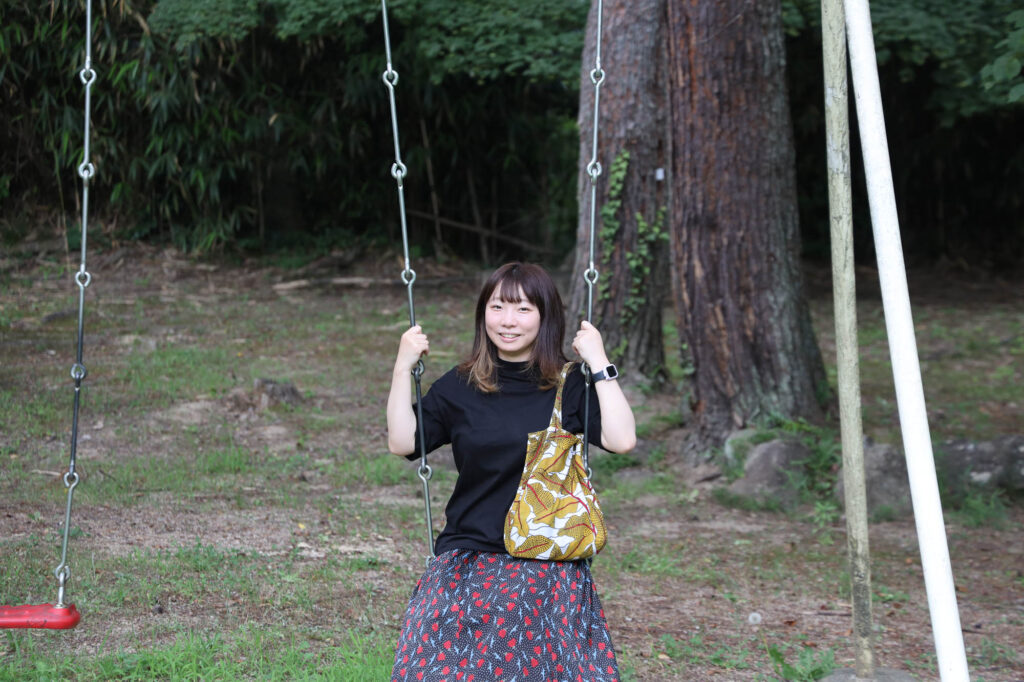
Nagai-san at Masuoka Park by Shiroishi Castle. Photo by Mayu Kanamori
We returned to the studio about 4 pm. We worked at our respective desks until 6:30 pm. Kyoko-san came to visit to let us know she had returned from Tokyo. When we told her about the poet Izumi Yukihisa, she told us about another poet called Ogata Kamenosuke from Odaihara, the town next door, who also died young.
I had a bath at Kamino-yu, then we walked to an izakaya called Tanuki. We sat at the same table with two tourists, one from Tokyo and his friend from Sendai. The proprietor of Tanuki remembered Martin from earlier when he gave way to his car at a crossing. He gave us corn to take back to the studio.
When we arrived back at the studio, Intan was waiting, because she had left her phone inside Satoh-san’s house, and that meant that she was not able to get back into his house. It was her last night in Togatta, she chatted with us for a while before leaving.
We turned out lights out about 9:30 pm.

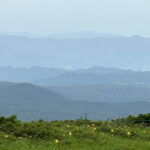

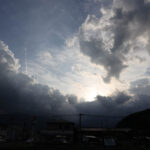
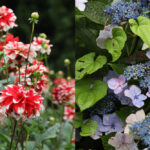


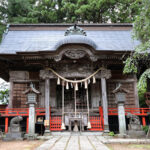
Recent Comments